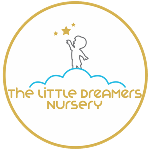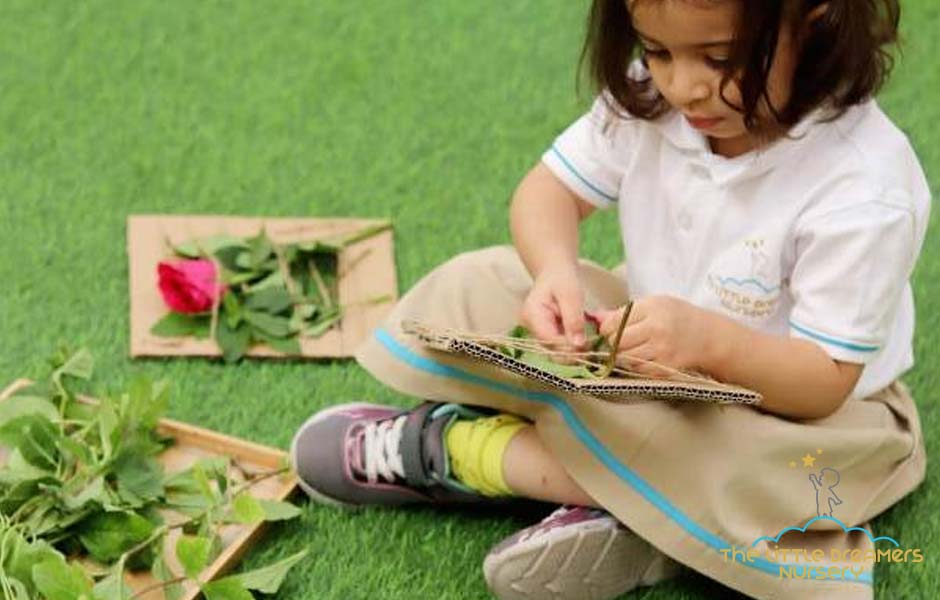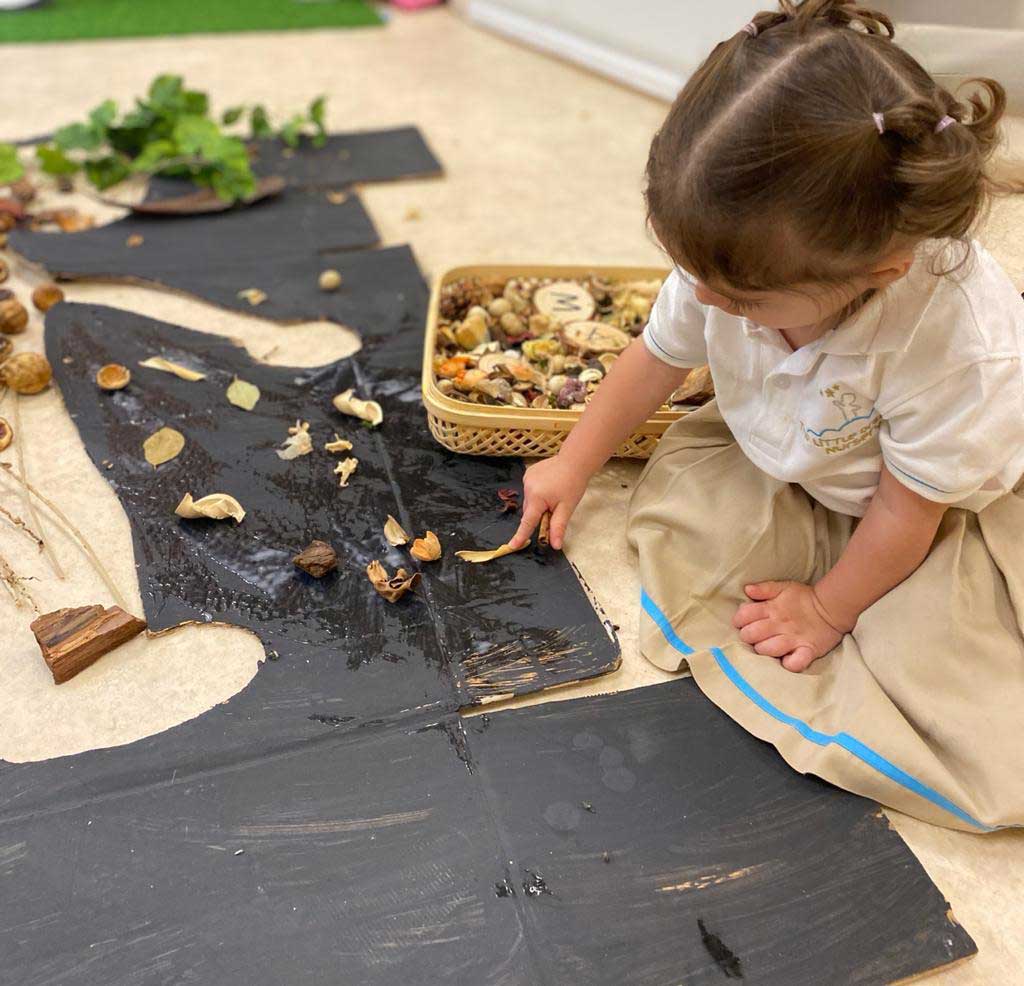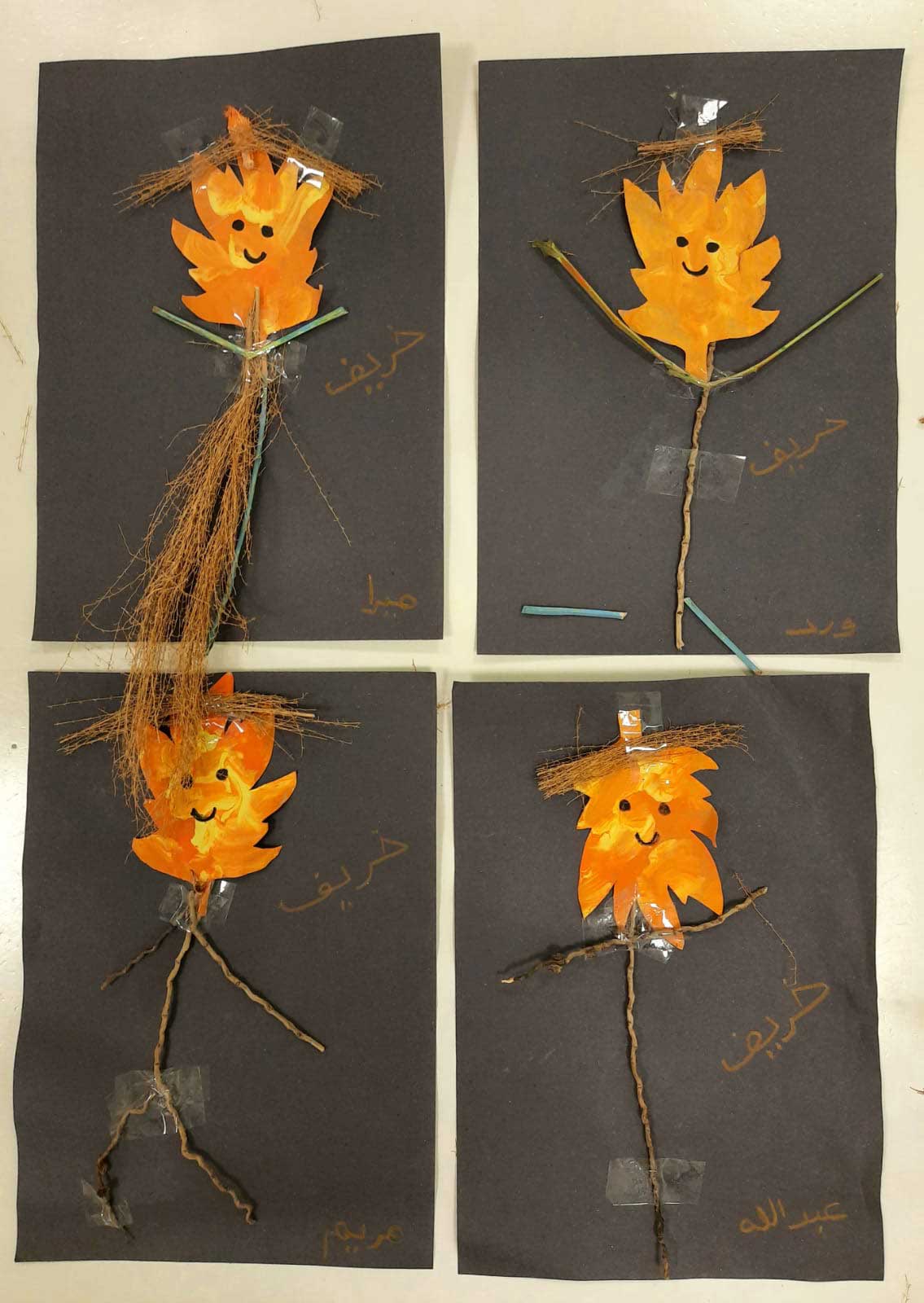Benefits of playing with loose parts in early childhood
Loose parts are interchangeable pieces that can teach multiple subjects in various ways. You may also hear them referred to as tabletop toys. Natural items, repurposed items from the home or classroom, or we can use items purchased primarily for the project for loose parts play. Let’s look at some advantages of playing with loose parts.
What does loose parts play mean for young children?
Examples of loose parts play activities include categorizing, sequencing, counting, stacking, matching, designing, and building. Young ones always rearrange the toys and play with them in new ways. Indoors, on surfaces like tables and floors, you can use loose components. Natural loose parts play could take place anywhere, from the ground to a picnic table.
Don’t miss: Benefits of role play article.
Why loose parts play is essential in early childhood?
Through loose parts play, children of all ages and stages foster curiosity, creativity, imagination, and invention. When there is no set way for children to play, they can explore, create, and invent in every sense of those terms because they assign their meanings to the toys they use.
What are the advantages of loose parts play?
Having fun with a bunch of random items can teach you a lot. The only difficulty in loose parts play is locating, sorting, and stowing the various components. Even though there are no predetermined outcomes for this form of play, it is crucial to go through any rules or standards for responsibly using the objects. Not all children are comfortable jumping right into play and creation; some need to see an adult model a few different options before they feel comfortable getting started. Adults can learn a lot from watching children play and asking questions like:
- What happened there?
- Why do you believe it looks like that?
- Is there anything you could change to see a different outcome?
Some of how loose parts play helps children grow and learn are listed below. We’ll also look at some loose parts play examples, too.
Inspire Children to Take Risks
When children have a run of good luck when playing with loose components, the good vibes they feel can spread to other areas of their lives. Children are less concerned with doing things “the correct way” during the day and are more likely to take chances during active outdoor play. This is one benefit of loose parts play.
Provide an Opportunity for Children to Learn Cause and Effect
Most children, after the toddler years, understand that if you push their block tower, it will collapse. And what about different stuff? They learn a new set of cause-and-effect pairs by experimenting with various objects in loose parts play. To illustrate this point, consider how much more difficult it would be to throw a wet pom-pom than a dry one.
Boost Independence and Confidence
Playing with loose components gives children more control over an activity, which can pave the way to increased autonomy in other areas of development. Having that sense of independence boosts one’s self-assurance.
Motivate Curiosity, Imagination, and Creativity
Many children’s toys are sold in collections with a specific order of play. That doesn’t give us much room to speculate. Because of the unstructured nature of loose components, children are free to experiment with “how things function,” use their creative energies to the fullest extent, and push themselves to their artistic potential.
Foster Analytical Thinking and Creative Problem Solving
Children can practice ideas at their developmental readiness while they engage in meaningful play with real-world objects. They speculate, try things out, evaluate the results, and try again. They can see that certain things slide or fly farther than others without understanding the concept of gravity.
Facilitate Cognitive Growth and Brain Development
Having the option to learn from a wide range of sources is crucial for developing critical thinking abilities. Children can practice a wide range of mathematical skills, from counting and sorting to comparing and sequencing, with the help of little movable pieces.
Boost Communication Abilities
Children’s communication is both vocal and nonverbal. They make up stories based on their observations and then ask the adults around them to confirm or disprove their suppositions.
Conclusion on loose parts play
Give loose parts play a try if you haven’t already. Using only a few inexpensive and readily available items as a starting point, it offers a brilliant and effective cure to the challenges faced by modern children. Children learn to take control of their education and the future. In our nursery in Dubai, we teach your children loose parts play in the correct way and try to establish proper behaviors and future life skills through this type of playing.
Book a tour now to visit The Little Dreamers Nursery one of the best Dubai nurseries.









